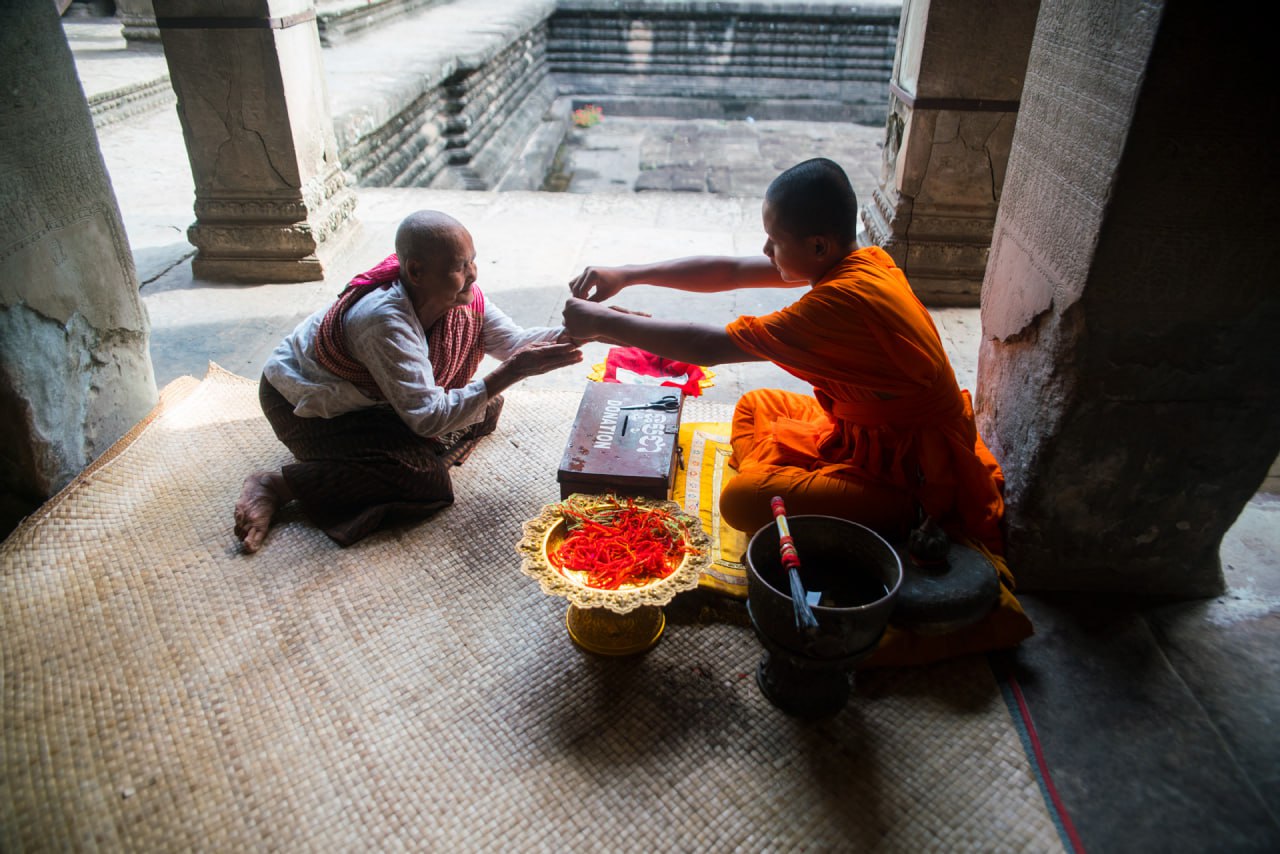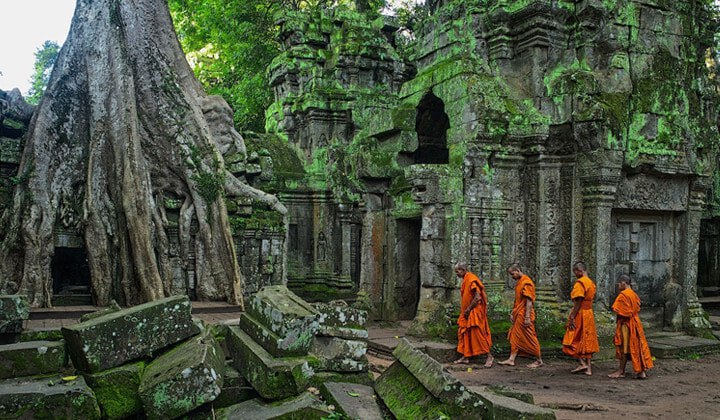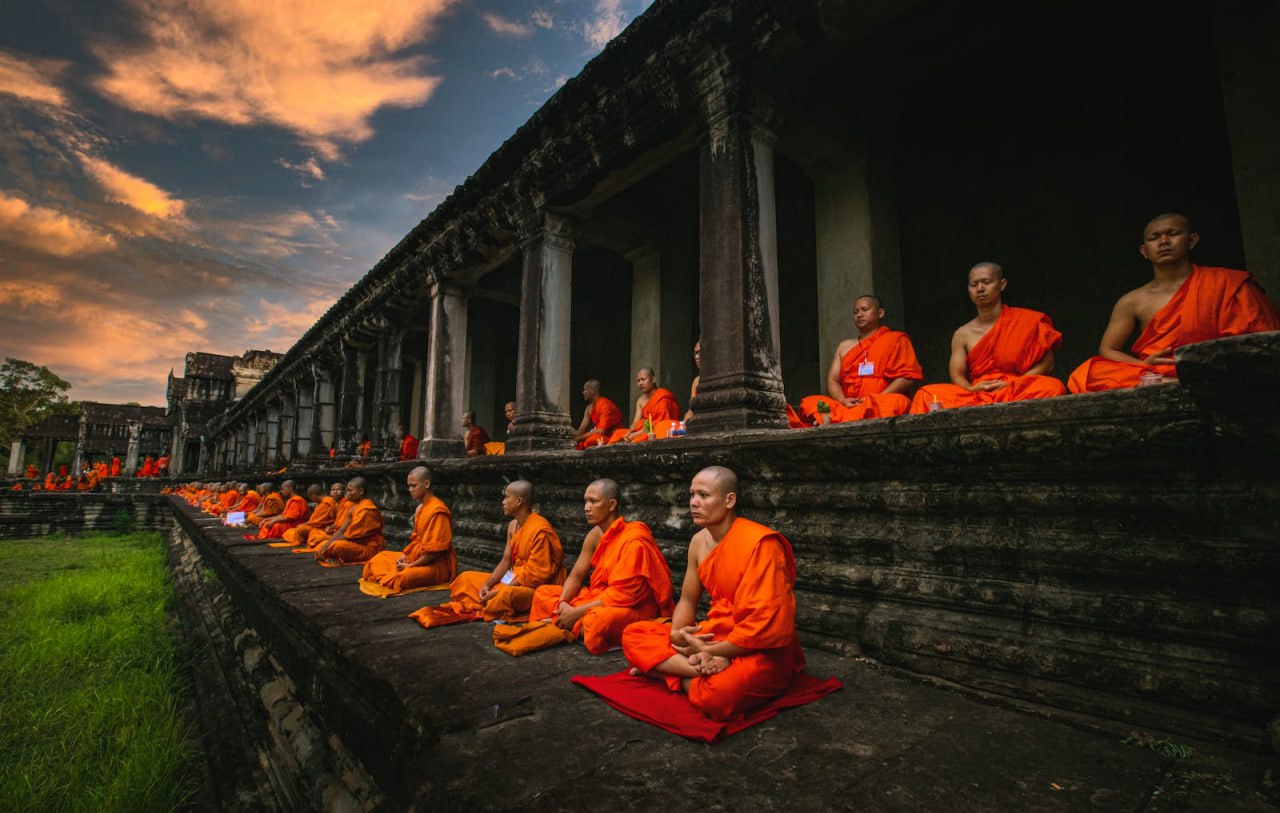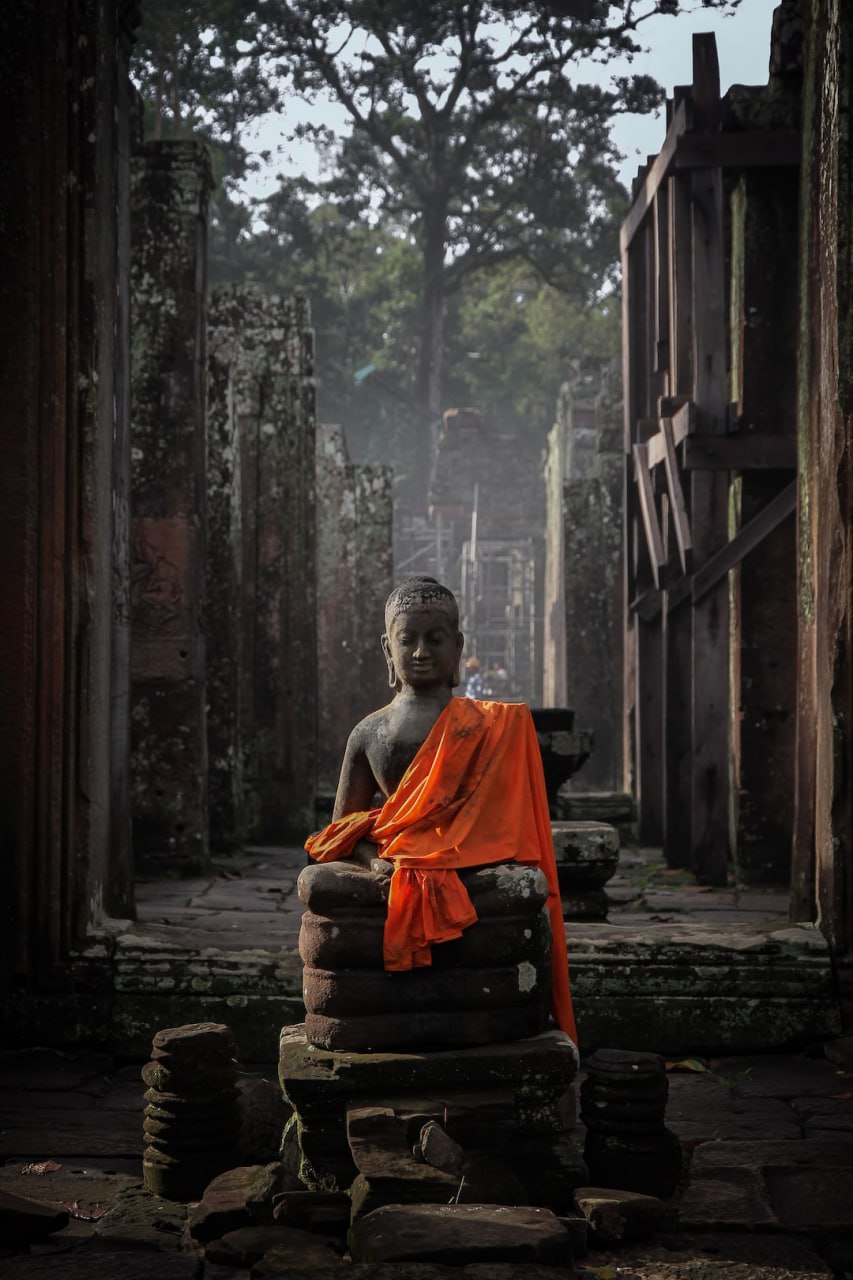About Cambodia Visa
Any traveler entering Cambodia must have a visa and Traveler’s passport must be valid for at least 6 months beyond the date of entry into Cambodia. The visa can be obtained directly upon arrival at :
Flight
Phnom Penh International Airport,
Siem Reap Angkor international Airport(SAI)
Sihanouk Ville International Airport
Road
Visa at the border can get a 30-day visa and obtain the visa directly on arrival in Cambodia at the following land borders:
From Vietnam: PrekChak –Phnom Den – KaamSamnor (Mekong river) – Bavet – TrapeangPhlong – Trapeang Are – O’Yadav
From Laos: TrapaingKriel – Dong Krolar
From Thailand: Poipet – O’Smach– Cham Yeam – ChoamSanguam – Prum – Doung
Caution:
Travelers with a passport of the below: Afghanistan, Algeria, Saudi Arabia, Bangladesh, Iran, Iraq, Pakistan, Sri Lanka, Sudan, and Nigeria, are not allowed to apply for a visa on arrival. Therefore, the holders of these passports have to apply for a Cambodian visa before arriving in the country.
Visa fee
Travelers must pay a fee in cash
- 30 USD for tourist visas
- 35 USD for business visas
Tourist and business visas allow entry to Cambodia for 30 days only, counting from the date of entry.
E-visa
Apply for an e-visa - Cambodian Ministry of Foreign Affairs and International Cooperation. The travelers can request a single-entry tourist visa online through Cambodia’s e-Visa service (http://www.evisa.gov.kh/). Tourists can obtain a single-entry tourist visa online through Cambodia’s e-Visa service via the Cambodian Ministry of Foreign Affairs website at: www.evisa.gov.kh. (http://www.evisa.gov.kh/)
Note: the E-Visa is only accepted at 7 entry points, which are
- Siem Reap Angkor International Airport ( SAI)
- Sihanouk Ville International Airport( Kang Keng airport).
- Phnom Penh International Airport
- Poipet/ Klong Luk (Thai border)
- Cham Yeam – Koh Kong / Had Lek (Thai border)
- Bavet / MocBai (Vietnam border)
- Trapaing Kriel Border Post (Stung Treng)/Nong Nok Khiene (Lao)
NOTE
The 30-day visa is valid. After the first 30 days of overstay, the non-immigrant foreigner must pay 10 USD/day and depart Cambodia within 7 days or pay a penalty of 30 USD/day. When leaving the country, the visitor must pay the overstay fees at the airport or land border. A non-immigrant foreigner will be fined $100 USD and required to depart Cambodia within seven days if they use their visa for a purpose that is not allowed by its terms. For young people: A 30 USD visa fee is required for children aged 0 to 12 who travel on their own passport or on their parent's passport.






